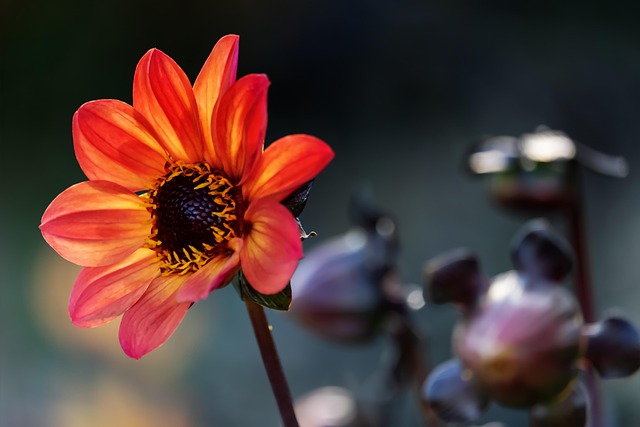In Karachi, understanding flowering cycles is a delicate dance between nature’s rhythms and the city’s ever-changing climate. Unique weather patterns dictate bloom times, but urban factors like temperature, pollution, and water availability increasingly alter traditional timelines. Botanists and gardeners must adapt to these shifts, studying cycles to maintain peak blooming, plant health, and a vibrant urban landscape reflecting Karachi's dynamic nature. Climate change poses significant threats, disrupting rainfall patterns and temperature fluctuations that impact floral diversity, emphasizing the need for conservation efforts and adaptive strategies.
In Karachi, like other urban centers, changing weather patterns are significantly impacting flowering cycles. This article explores the intricate relationship between climate variability and plant behavior, focusing on how shifts in temperature and rainfall alter the blooming seasons of local flora. Through scientific insights, we delve into the effects on various species and propose strategies to preserve floral diversity amidst these transformations, highlighting the city’s unique ecological challenges.
- Understanding Flowering Cycles in Karachi's Climate
- Impact of Temperature Fluctuations on Flower Development
- Altered Rainfall Patterns and Their Effect on Plant Bloom
- Adapting to Change: Strategies for Maintaining Floral Diversity
Understanding Flowering Cycles in Karachi's Climate
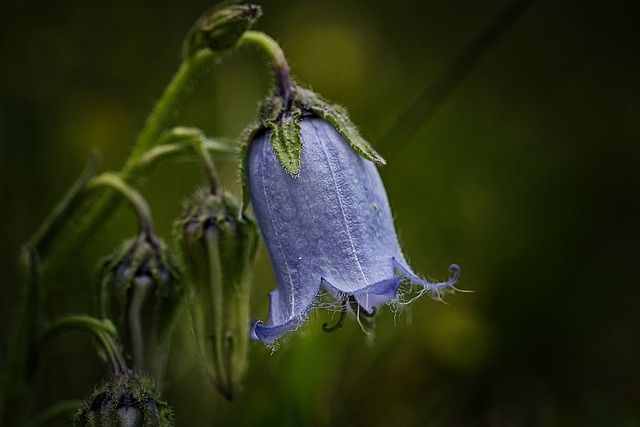
In the vibrant city of Karachi, understanding flowering cycles is a delicate dance between nature’s rhythms and the ever-changing climate. The city’s unique weather patterns, characterized by distinct seasons, play a pivotal role in dictating when flowers bloom and wither. During the mild winters, many species display a subdued yet enchanting blossoming, while the hot summers bring an explosion of colors as plants vie for sunlight. This natural symphony is increasingly influenced by urban factors such as temperature fluctuations, pollution, and water availability—all of which can alter traditional flowering timelines.
Karachi’s climate presents a fascinating challenge for botanists and gardeners alike, as they strive to predict and manage flowering seasons effectively. The city’s history of shifting weather conditions necessitates an adaptive approach to floral care. By studying these cycles, residents and horticulturists can anticipate peak blooming periods, ensure optimal plant health, and foster a vibrant urban landscape that reflects the dynamic nature of Karachi.
Impact of Temperature Fluctuations on Flower Development
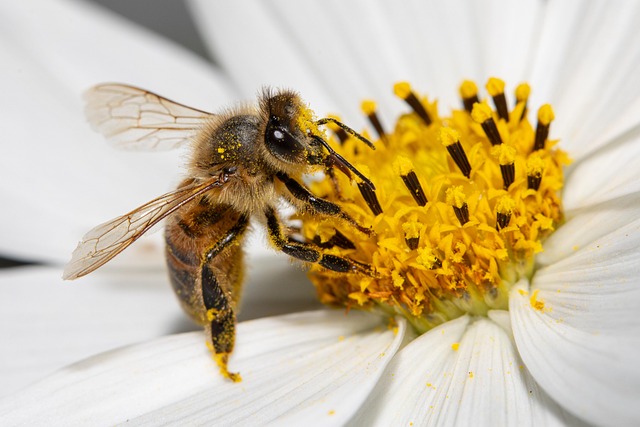
In Karachi, as in many other parts of the world, temperature fluctuations have a profound impact on flowering patterns. Extreme heat or cold can disrupt the delicate balance required for flower development, leading to shifts in bloom times and even the potential for reduced floral output. Plants, like many organisms, have optimal temperature ranges for their physiological processes, including the initiation and progression of floral buds. Significant deviations from these optimal temperatures can cause stress, influencing the timing and quality of flowers produced.
These changes are particularly evident in cities like Karachi, where urban heat islands effect further exacerbates temperature variations. As a result, local plant species may bloom earlier or later than historical patterns suggest, disrupting ecological interactions and potentially impacting pollinators that rely on these floral resources. Understanding these impacts is crucial for conservation efforts and maintaining the biodiversity of Karachi’s unique flora.
Altered Rainfall Patterns and Their Effect on Plant Bloom
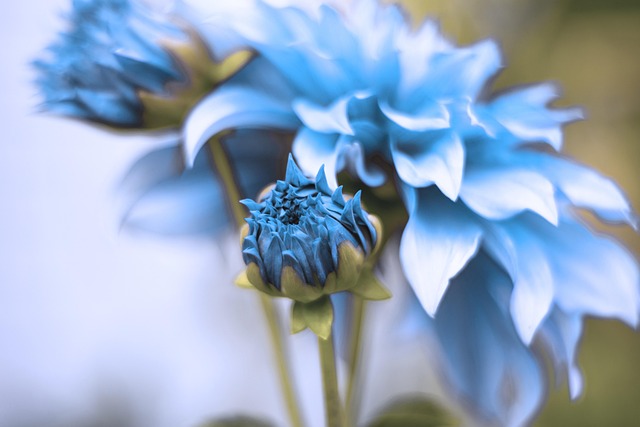
In Karachi, as in many parts of the world, altered rainfall patterns due to climate change are significantly impacting plant bloom cycles. Traditionally predictable rain seasons have become increasingly irregular, leading to shifts in when plants receive the water necessary for flowering. This disruption can cause some species to bloom earlier or later than usual, affecting their ability to synchronize with pollinators and seed dispersal periods. The timing of these events is crucial for the reproductive success of many plant varieties, and deviations can disrupt entire ecosystems.
For instance, certain wildflowers that depend on spring rains in Karachi may now bloom during hotter, drier months due to changing weather conditions. This change can misalign them with peak insect activity, reducing pollination rates. Similarly, altered rainfall patterns can lead to more frequent droughts or heavy downpours, both of which stress plants and affect their ability to produce vibrant blooms. Understanding these shifts is vital for conservation efforts in Karachi’s diverse yet fragile flora, as it enables the development of strategies to protect and support plants that are particularly sensitive to changing rainfall regimes.
Adapting to Change: Strategies for Maintaining Floral Diversity
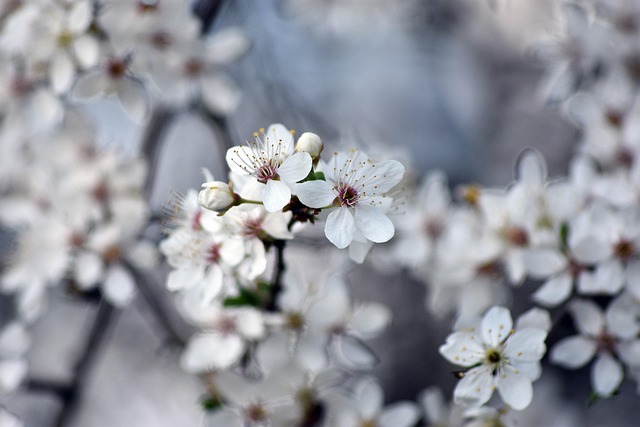
In Karachi, as in many other regions worldwide, changing weather patterns pose significant challenges to floral diversity. Plants must adapt to shifts in temperature, rainfall, and seasonality to survive and thrive. Strategies for maintaining a rich array of flowers include diversifying plant species to ensure resilience against climate change, implementing sustainable gardening practices that conserve water and energy, and adopting agroforestry techniques that integrate trees and shrubs with crops.
Additionally, the urban environment presents unique opportunities for floral conservation. Green spaces, community gardens, and rooftop vegetation contribute to a more biodiverse urban landscape. By encouraging citizens to plant native species and fostering a culture of eco-friendly practices, Karachi can play a pivotal role in preserving its floral heritage despite changing weather conditions.
In Karachi, understanding and adapting to shifting weather conditions are crucial for preserving floral diversity. The intricate relationship between temperature fluctuations, rainfall patterns, and plant bloom cycles demands a nuanced approach to conservation. By recognizing the impact on various species, we can implement strategies that promote resilience and ensure the continued vibrancy of Karachi’s flora. Through careful management and awareness, it is possible to maintain the city’s unique botanical tapestry amidst changing climate conditions.
